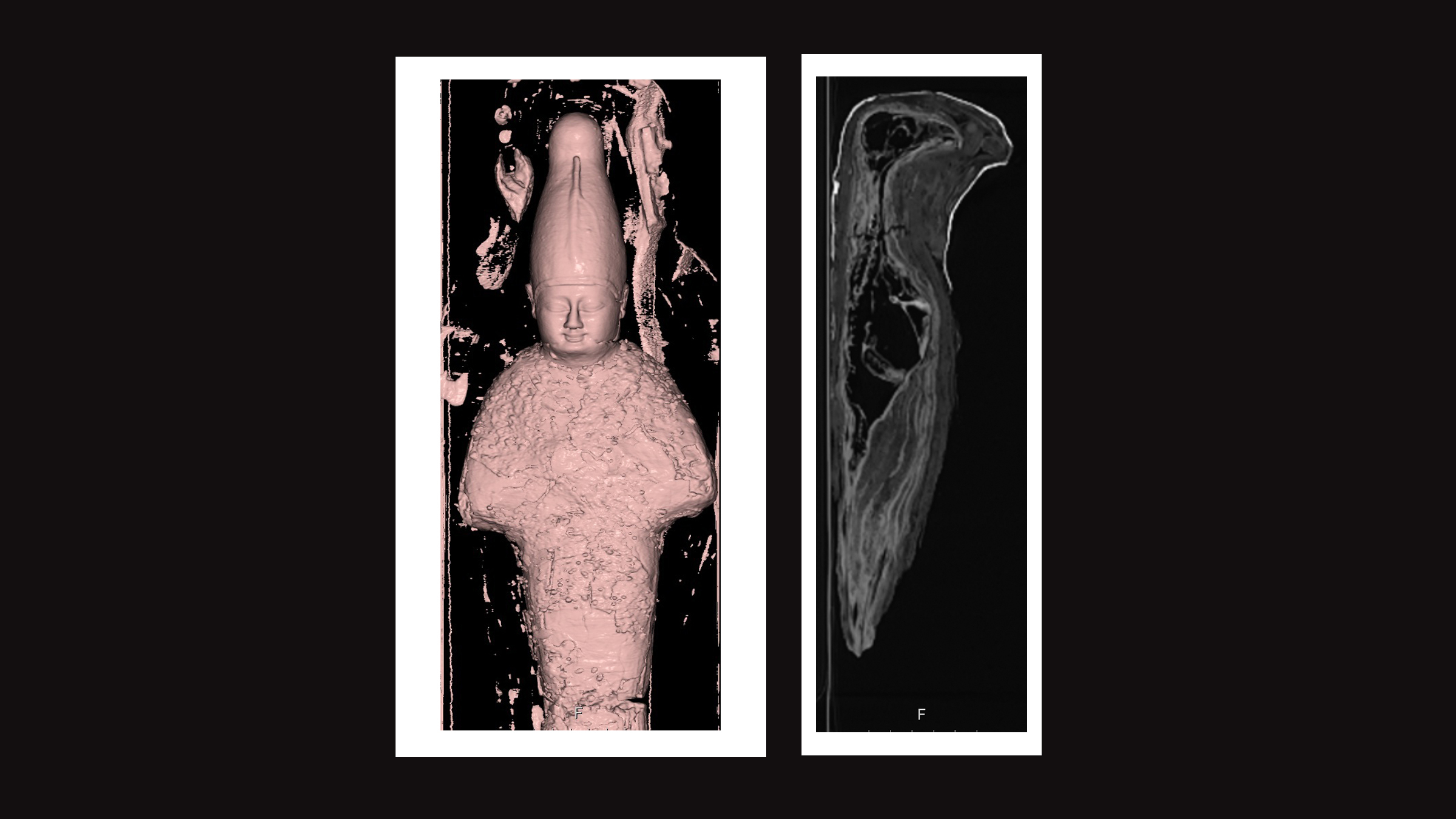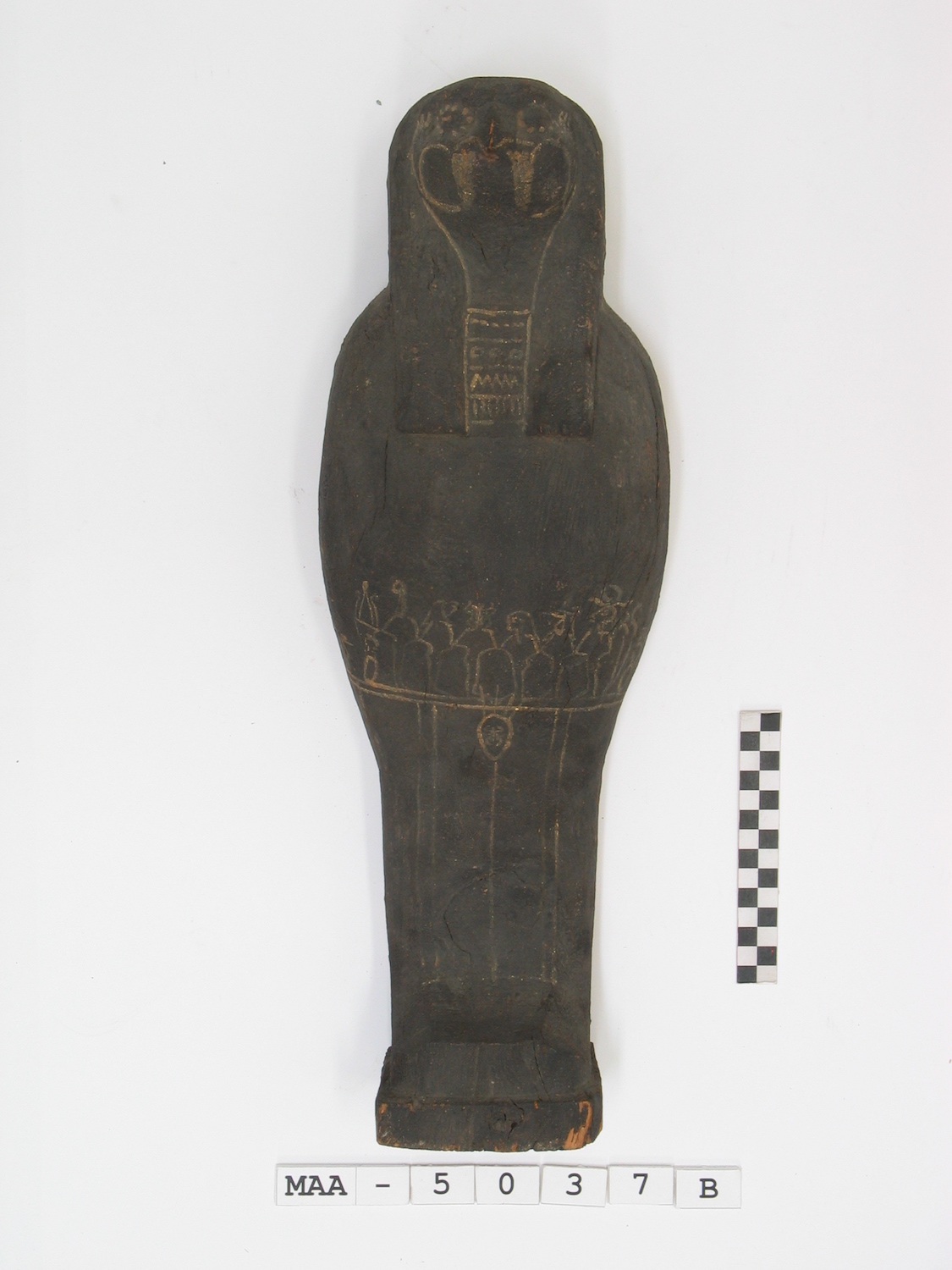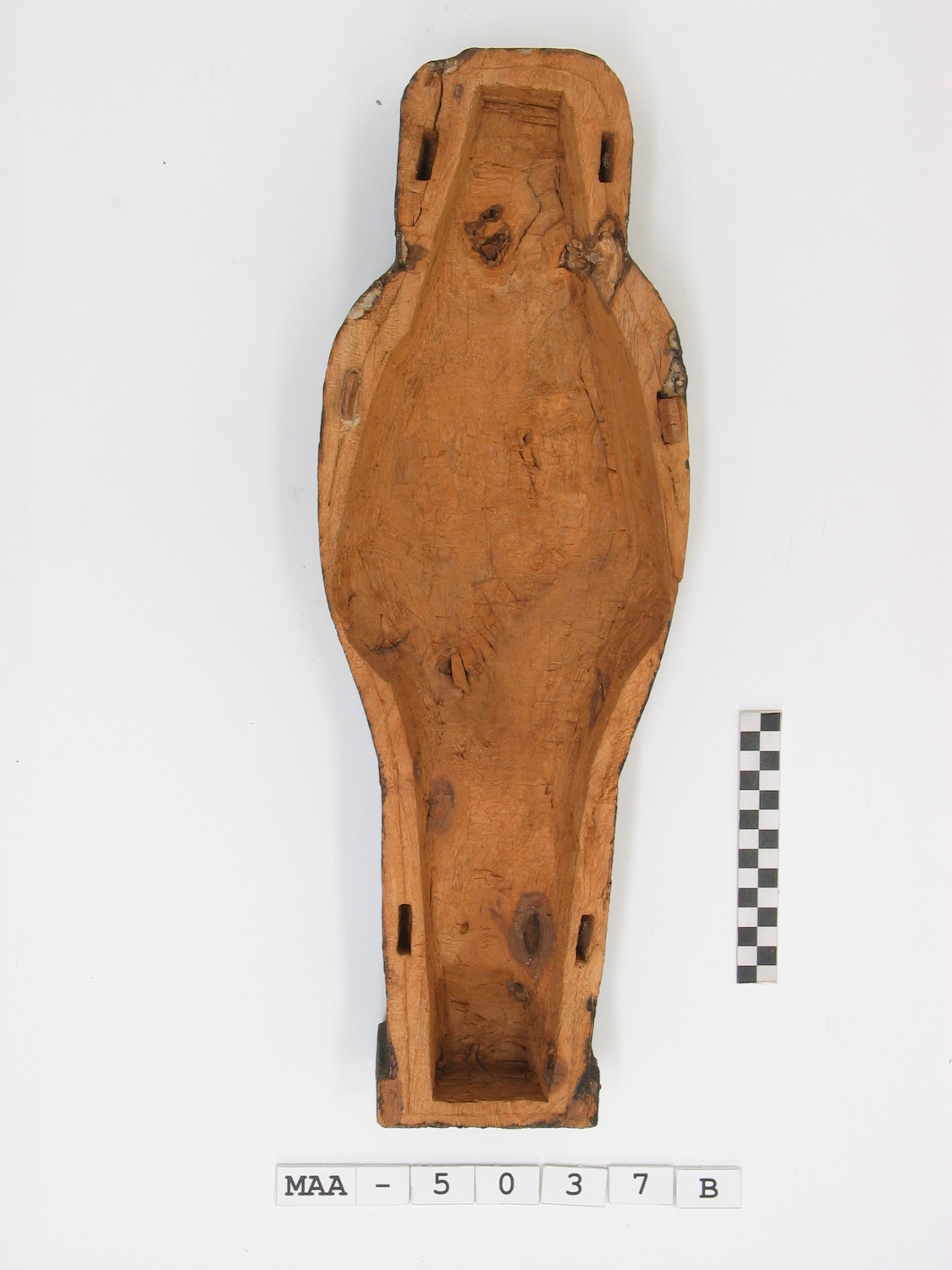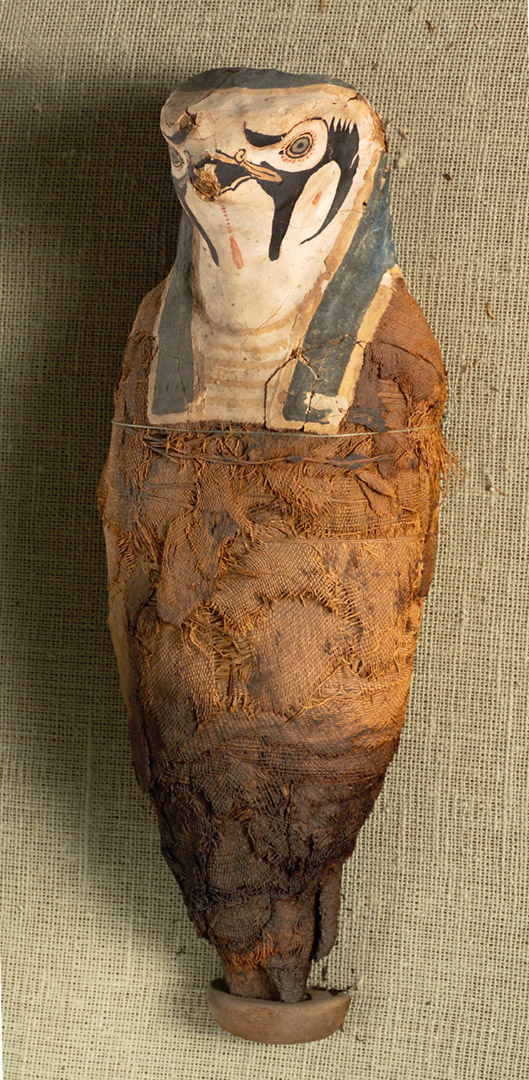Little ancient Egyptian mummies hold surprises inside … and they aren't human
CT scans revealed unexpected findings inside these ancient Egyptian mummies.
When scientists peered beneath the wrappings of two small ancient Egyptian mummies thought to hold human hearts, they were taken aback: Not only were there no noticeable hearts inside, but the remains were not even human.
Rather, one of the mummies is tightly packed with grain and mud — a so-called corn or grain mummy — while the other holds the remains of a bird, possibly a falcon, that is missing a body part and several organs, the researchers found.
"It's missing its left leg, nobody knows why," said Dr. Marcia Javitt, chairperson of radiology at Rambam Hospital in Haifa, Israel, and an adjunct professor of radiology at The George Washington University in Washington, D.C., who helped scan the mummies with computed tomography (CT) on June 29.
Related: Photos: Canine catacomb was tribute to ancient death god
The two mummies, both interred in sarcophagi, have been housed at Haifa Museum for about 50 years. However, "records were not kept as diligently as they are now," so not much is known about them except that they're more than 2,000 years old, Ron Hillel, registrar and head of collection management of Haifa Museums, told Live Science.
Over the past few years, the National Maritime Museum in Haifa has been going through its collection and determining the best way to preserve each artifact. When curators came across the two mummies, they realized they didn't know what was inside. The records noted they contained mummified hearts, but "we did the research and it didn't make sense," Hillel said. Often, (but not always) "the hearts were left in the body," of Egyptian mummies, Hillel said, because the ancient Egyptians thought that when people died, their hearts would be weighed against a feather representing ma'at, an Egyptian concept that includes truth and justice, Live Science previously reported. If the heart weighed the same or less than the feather, these people would earn eternal life; if not, they would be destroyed.






The CT scans done at Rambam Hospital revealed that the mummies had very different insides from one another. The roughly 18-inch-long (45 centimeters) human-shaped mummy — designed to look like Osiris, the god of the afterlife, the dead, life and vegetation — contained mud and grains.
Get the world’s most fascinating discoveries delivered straight to your inbox.
"During Osiris festivals that were held, [the ancient Egyptians] would produce these," Hillel said. "It would be a mixture of a clay or sand with these grains, and then they would dip it in water and the grains would germinate." In effect, this act would tie Osirus to death, life and Earth's fertility.
Or, as Javitt put it, "they're not real mummies; they're artifacts."
The other mummy, a roughly 10-inch-long (25 cm) bird-shaped mummy, represented the god Horus. According to Egypt mythology, Horus was the falcon-headed son of Osiris and Isis; a deity associated with the sky and pharaohs.
Over time, the bird mummy had desiccated, meaning that the tissue got more dense, like beef jerky. Meanwhile, the marrow in the bones had dried out, leaving nothing but delicate bone tubes. So Javitt and her colleagues used a dual-energy CT, which uses both normal X-rays and less powerful X-rays, a technique that can reveal properties of the tissues that a regular CT scan can't, Javitt said.
Related: Peaceful funerary garden honored Egypt's dead (photos)
"In order to differentiate the soft tissues from one another and the bones and so on, it can be very helpful to use a dual-energy CT," Javitt said.
Now, her team is identifying the bird's various tissues and bones. Javitt noted that the bird's neck is broken, but that this injury likely happened after the bird was dead. That's because the skin is broken too, and in most cases of broken bones, "you don't usually crack open the skin from one edge to the opposite side, you just break the bone," Javitt said.
Moreover, the bird appears to be missing some of its abdominal organs, but more study is needed to determine which ones aren't there, she said. For instance, the heart appears to be present, as is the trachea.
Going forward, Hillel said the museum may make a special exhibit centered around these two mummies. He also hopes to have them dated with radiocarbon 14, so the museum can determine their age.
Originally published on Live Science.

Laura is the managing editor at Live Science. She also runs the archaeology section and the Life's Little Mysteries series. Her work has appeared in The New York Times, Scholastic, Popular Science and Spectrum, a site on autism research. She has won multiple awards from the Society of Professional Journalists and the Washington Newspaper Publishers Association for her reporting at a weekly newspaper near Seattle. Laura holds a bachelor's degree in English literature and psychology from Washington University in St. Louis and a master's degree in science writing from NYU.


